Definitions
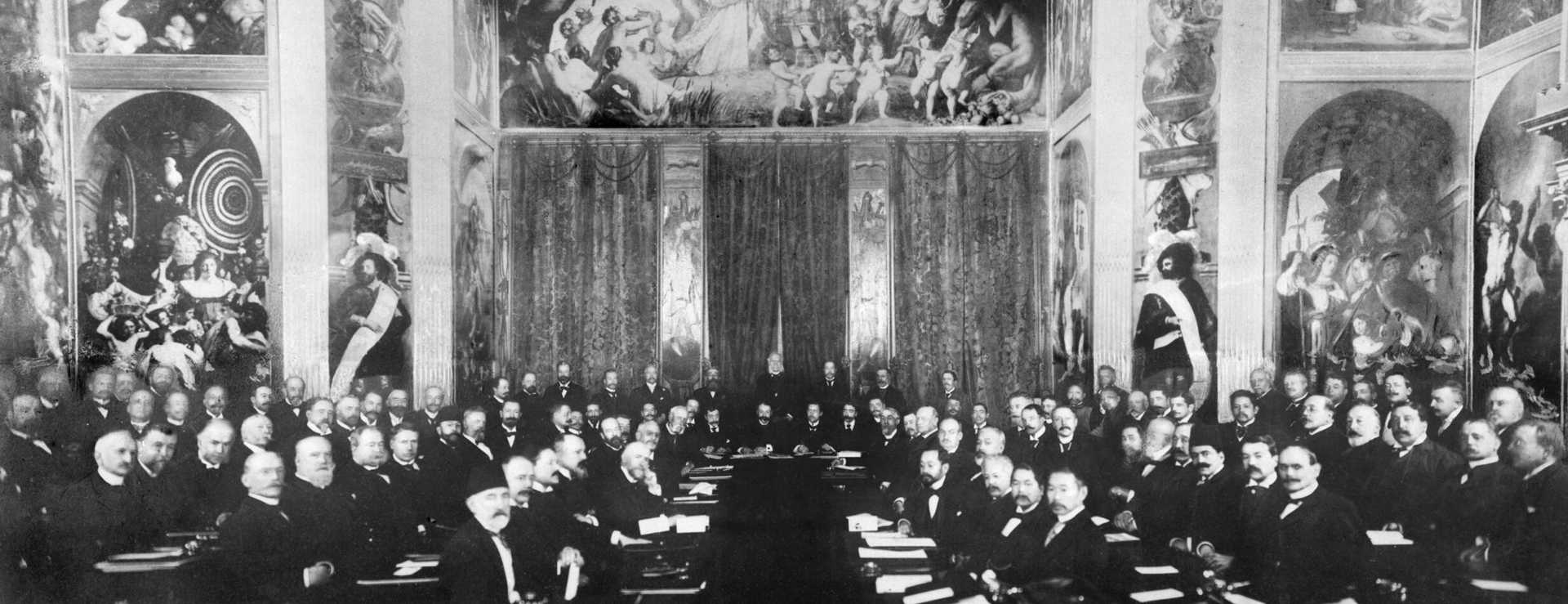
This video explains:
- the difference between non-proliferation, arms control and disarmament
- disarmament objectives
- why disarmament is important
Looking Back: Key Concepts
| Arms Control | Non-Proliferation | Disarmament |
|---|---|---|
| limits the number of weapons or activities | prevents the spread of weapons to countries which do not possess them | aims at the complete elimination of a category of weapons |
| Primary Objectives | Primary Objectives | Primary Objectives |
| - stability | - contain, and eventually reduce, the number of actors with a specific type of weapon | - prevent and resolve armed conflicts |
| - costs reduction | Example | - pursue and maintain international peace |
| - damage containment | - NPT | - protect civilians |
| Examples | Examples | |
| - New START (weapons) | - BTCW | |
| - CTBT (activities) | - CWC |
Disarmament Objectives
Disarmament has many objectives, some are related, some are more individual. They all share a common perspective: a safer and more humane world.
The United Nations Office for Disarmament Affairs is one of the most important actors worldwide in matters of arms control, non-proliferation and disarmament. You will learn more about UNODA later in the unit.
At this point, check out the many objectives of disarmament as described by UNODA. Especially look at the many fields where disarmament can be applied.
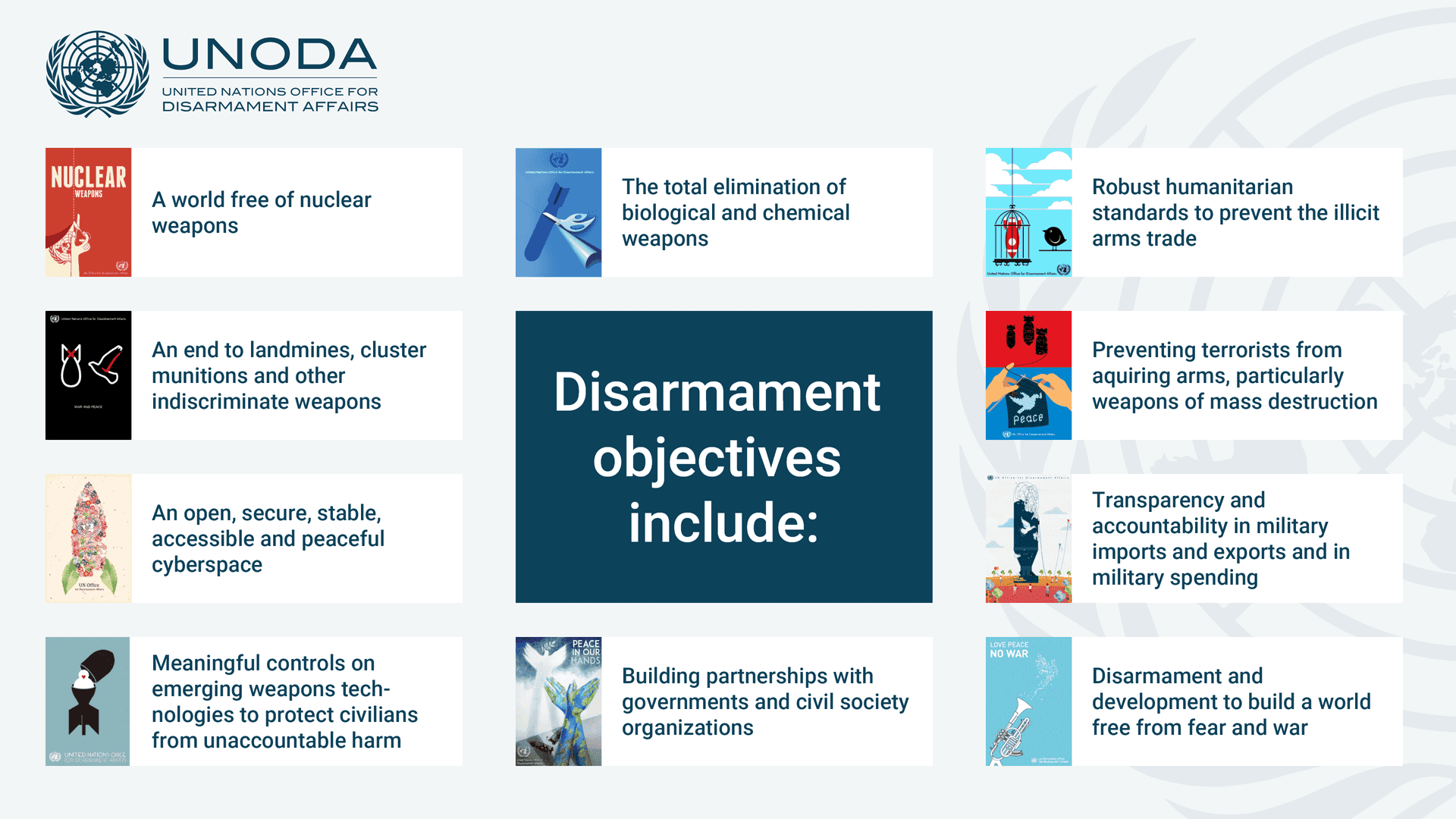
Why is Disarmament Important?
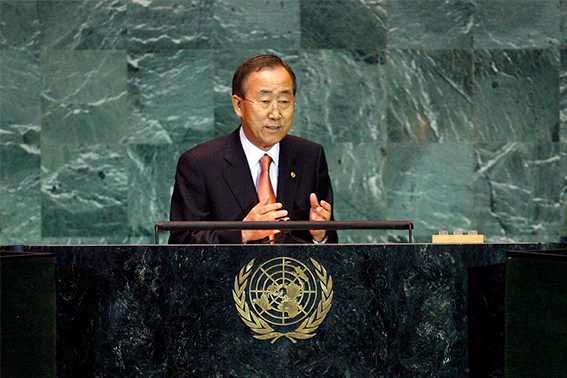
Massive military spending and new investments in modernizing nuclear weapons have left the world over-armed – and peace under-funded”
Ban Ki-Moon, Former United Nations Secretary General
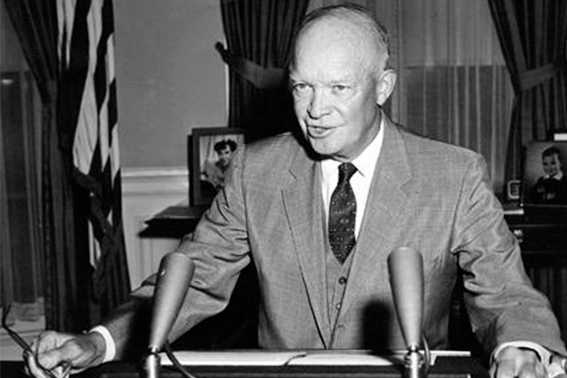
Every gun that is made, every warship launched, every rocket fired signifies, in the final sense, a theft from those who hunger and are not fed, those who are cold and are not clothed”
Dwight D. Eisenhower, 34th U.S. President
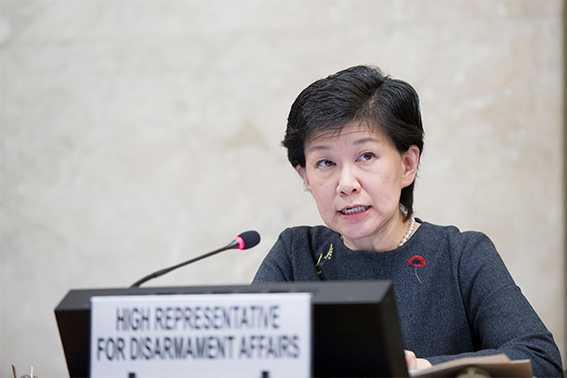
Excessive spending on military hardware cannot address challenges such as climate change, mass refugee flows and extreme poverty. In the absence of an urgent global response, these challenges will fuel tomorrow’s conflicts and make each of us less safe”
Izumi Nakamitsu, United Nations High Representative for Disarmament Affairs
A Brief History of Disarmament
Humankind has always been perturbed by the use of particularly cruel means of war.
As a result, a number of actions have been taken to restrict such use, and the establishment of the UN Disarmament Machinery is one of the greatest achievements in this direction.
These videos explain:
- historical efforts towards Disarmament in Modern History
- developments from 1675 to the creation of the United Nations Disarmament Machinery